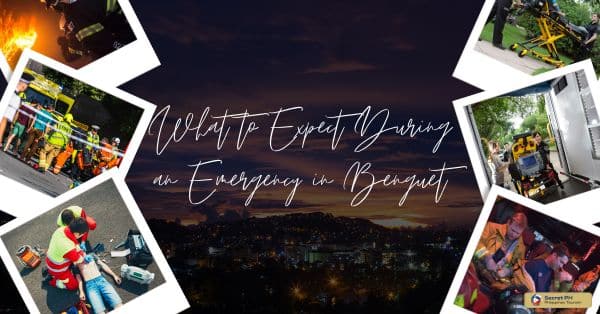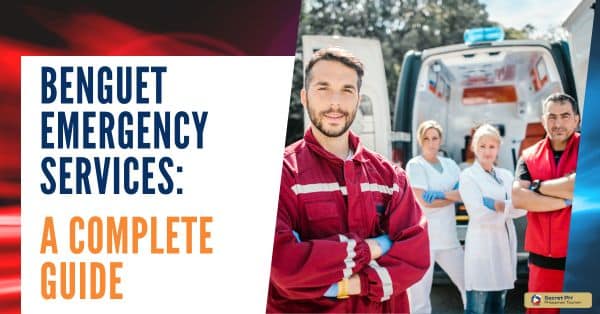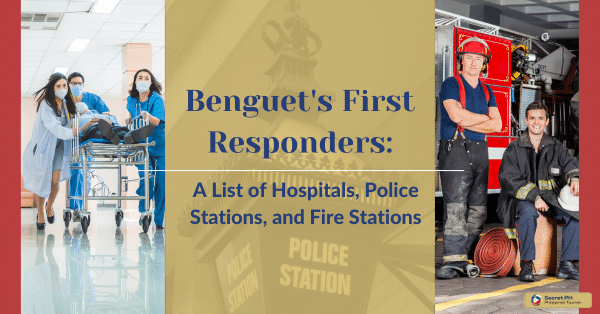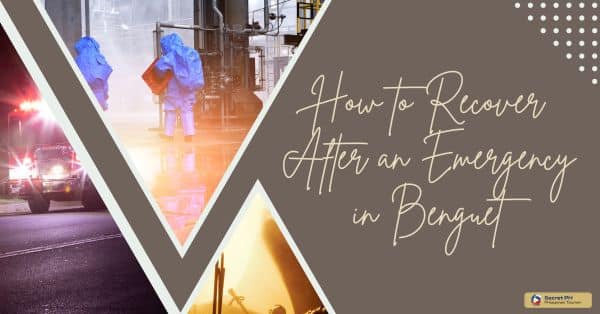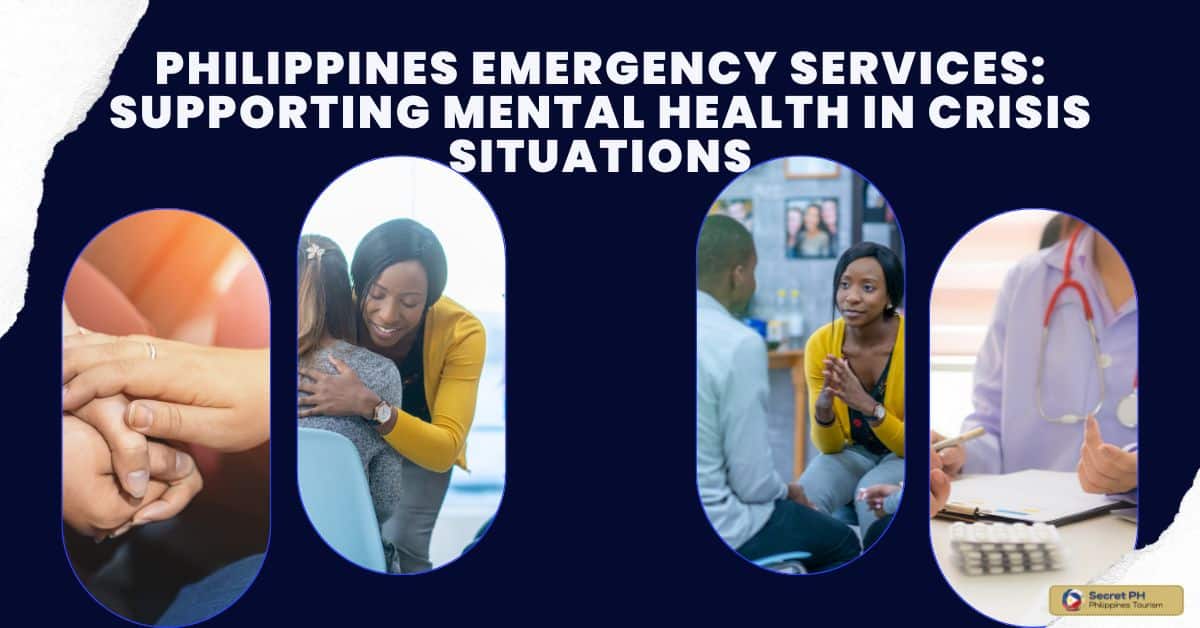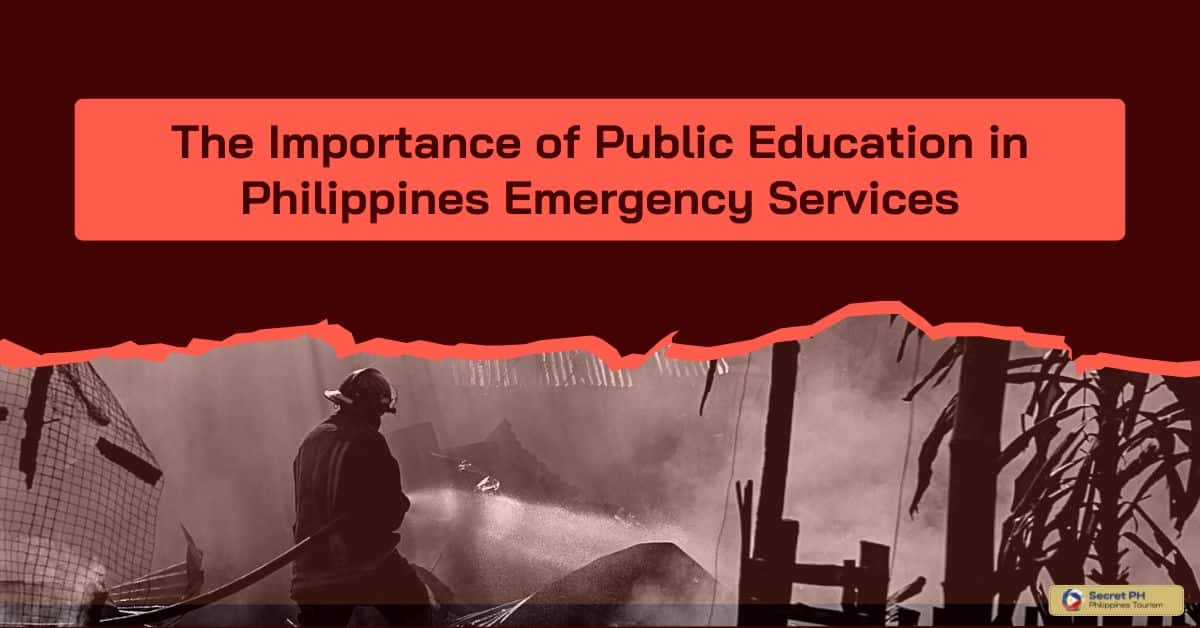The Philippines is a country that experiences natural disasters on a regular basis. From typhoons to earthquakes, the country and its people are no strangers to weather-related emergencies. In order to keep citizens safe during these events, it is imperative that government organizations work together effectively and efficiently.
Making collaboration between the military and emergency services is vital for efficient disaster relief in the Philippines. Despite challenges, this partnership has enabled a swift response to earthquakes, typhoons, and volcanic eruptions. Continued collaboration is necessary for future relief efforts and the provision of aid to affected communities.
In this article, we will explore the role of the military in disaster response and emergency services’ response to natural disasters. As well as the benefits and challenges of collaborating for disaster relief, examples of successful collaborative efforts in disaster relief, and future implications for collaboration in the Philippines’ disaster relief operations.
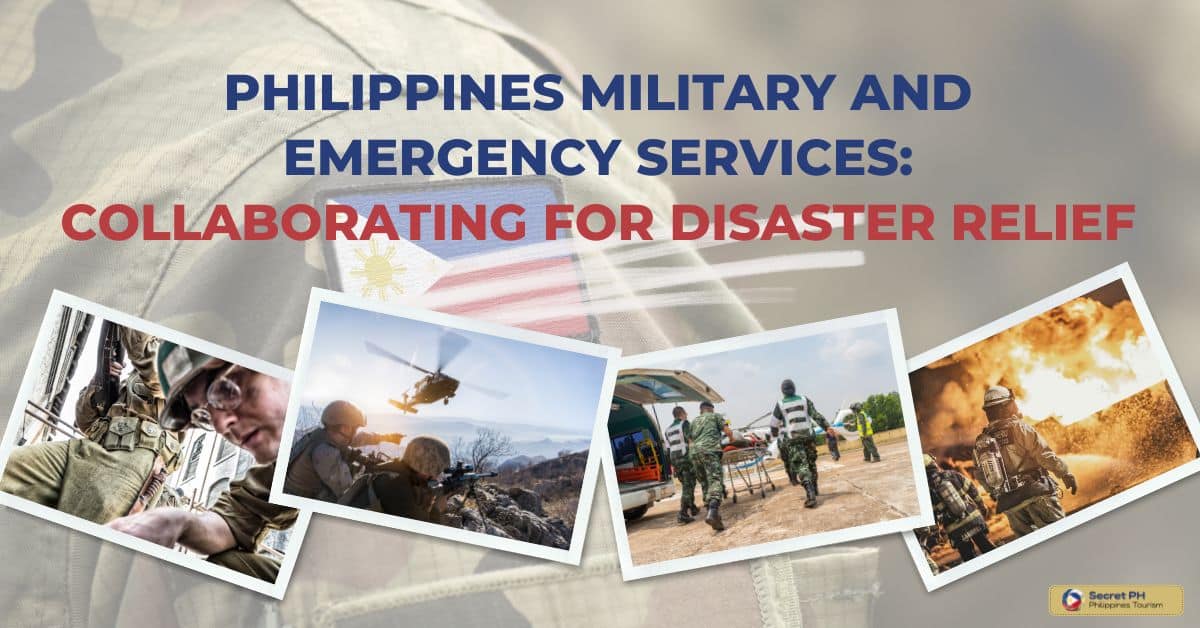
The Role of the Military in Disaster Response
The military’s role in disaster response is crucial as they provide the necessary manpower, logistical support, and expertise. In the Philippines, the Armed Forces of the Philippines (AFP) is often the first line of defense during natural disasters.
They have personnel and equipment stationed strategically across the country, allowing for a swift response to emergencies. The AFP works in tandem with the Philippine National Police (PNP) and other emergency services to provide immediate relief and save lives.
The military’s expertise in search and rescue, medical assistance, and evacuation is also essential in disaster response. They are trained to operate in adverse conditions, making them well-suited to handle the challenges posed by natural disasters.
In addition, their extensive resources, such as helicopters, boats, and trucks, are utilized to transport aid and rescue people in hard-to-reach areas. The military’s role in disaster response is crucial in mitigating the impact of natural disasters and providing aid to affected communities.
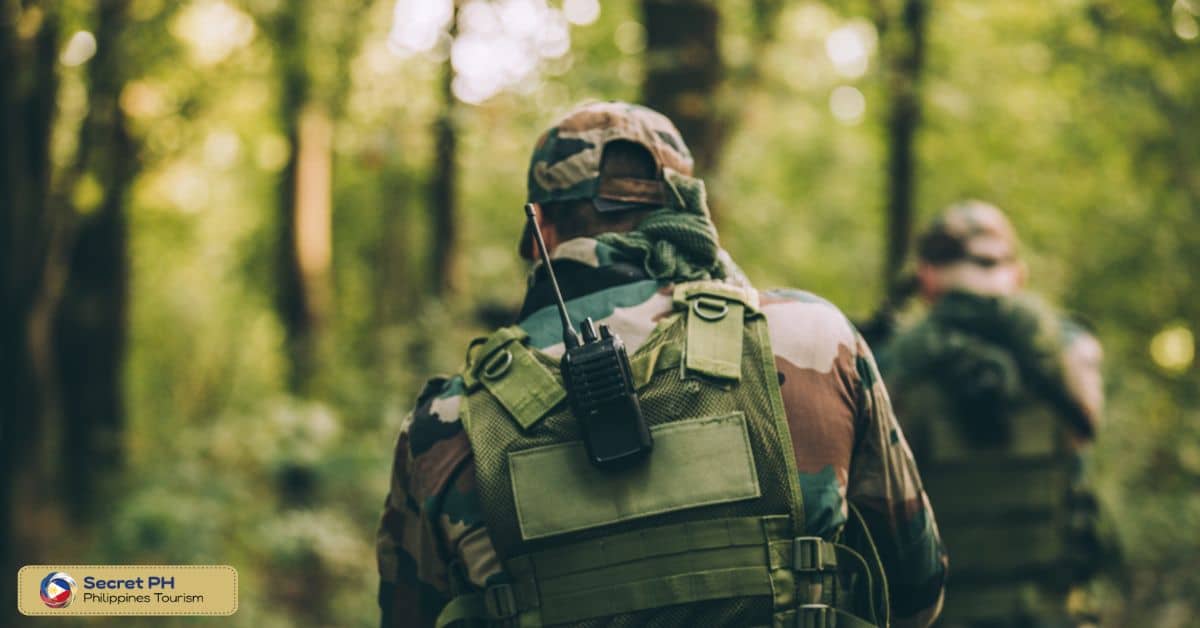
Emergency Services’ Response to Natural Disasters
Emergency services such as the police, fire department, and medical services are vital to effective disaster response in the Philippines. They provide essential assistance during natural disasters by coordinating rescue operations, providing medical aid, restoring order, and stabilizing affected areas. Emergency service personnel are trained to work under pressure and operate in adverse conditions, making them highly skilled and experienced in disaster response.
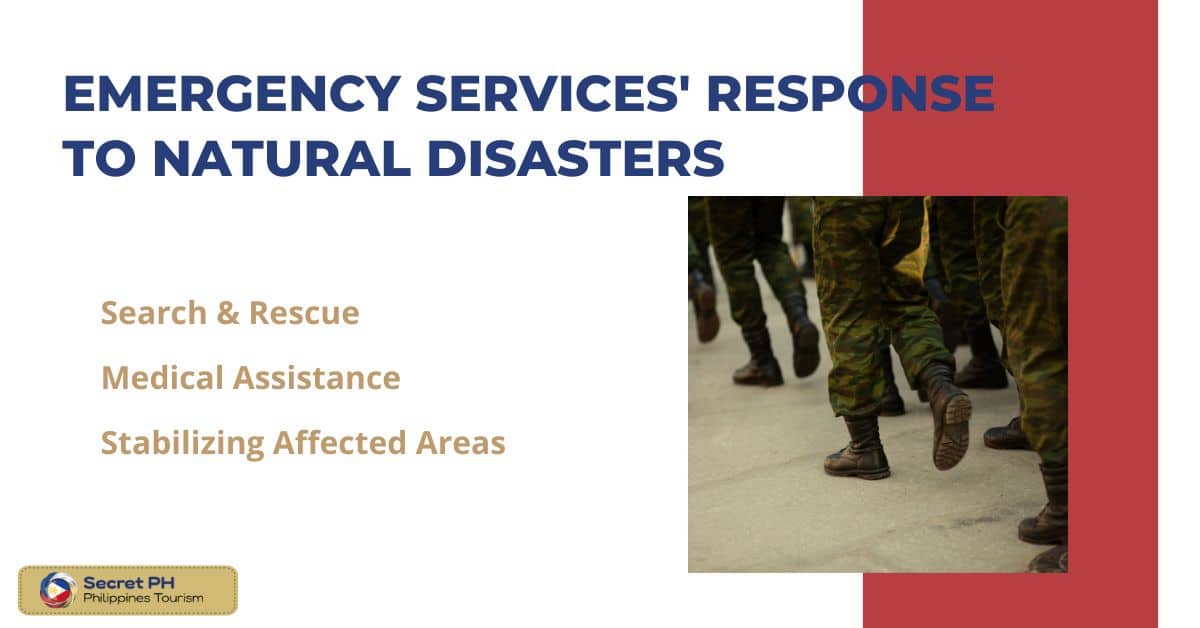
Search & Rescue
Emergency services are responsible for coordinating search and rescue operations during disasters. They deploy personnel to affected areas to locate missing people, provide them with medical attention and evacuate them to safety. Firefighters, police officers, and the military use specialized equipment such as helicopters, boats, and trucks to reach remote areas and access hard-to-reach locations.
Medical Assistance
Emergency services are essential for providing medical assistance to people affected by natural disasters. They deploy medical teams with specialized equipment such as ambulances, stretchers, and oxygen tanks to provide life-saving medical attention to those in need. In addition, emergency service personnel provide psychological support and counseling to affected individuals, helping them cope with the traumatic experience.
Stabilizing Affected Areas
Emergency services are responsible for stabilizing affected areas during disasters. They use their training and expertise to restore order and provide security in disaster-stricken locations. Police officers patrol the area, providing a sense of safety and ensuring that looting and violence do not take place. In addition, they coordinate with the military and local government to provide resources such as food, water, and clothing to affected communities.
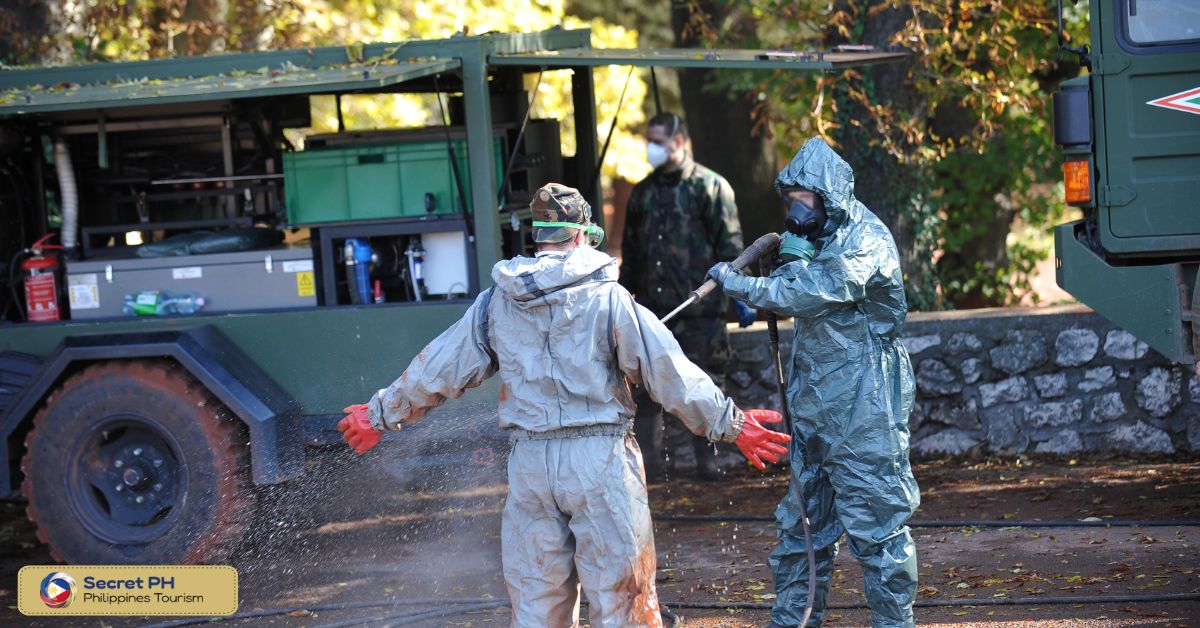
Collaborating for Disaster Relief: Military and Emergency Services Partnership
Collaboration between the military and emergency services is essential in responding to natural disasters in the Philippines. Both entities bring unique capabilities and resources to the table, enabling a more efficient and effective response. The military’s expertise in logistics, search, and rescue, and evacuation is complemented by the emergency services’ medical expertise, knowledge of local communities, and experience in disaster response.
By working together, the military and emergency services can provide a more comprehensive response to natural disasters. They can coordinate efforts to provide aid and support to affected communities, prioritize response efforts, and deploy resources where they are most needed. This partnership is crucial in saving lives and mitigating the impact of natural disasters in the Philippines.
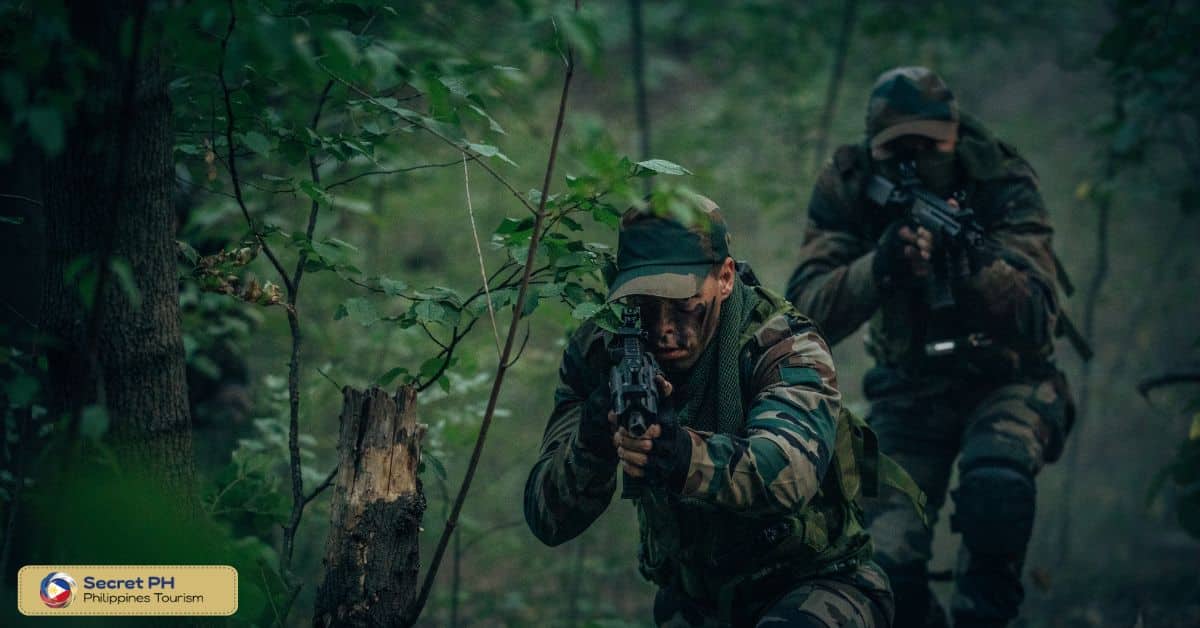
Benefits of Military and Emergency Services Collaboration in Disaster Relief
Collaboration between the military and emergency services is essential for efficient disaster relief. This partnership has enabled a swift response to natural disasters in the Philippines and provided much-needed aid to affected communities. Below, we will explore the benefits of collaborating for disaster relief.
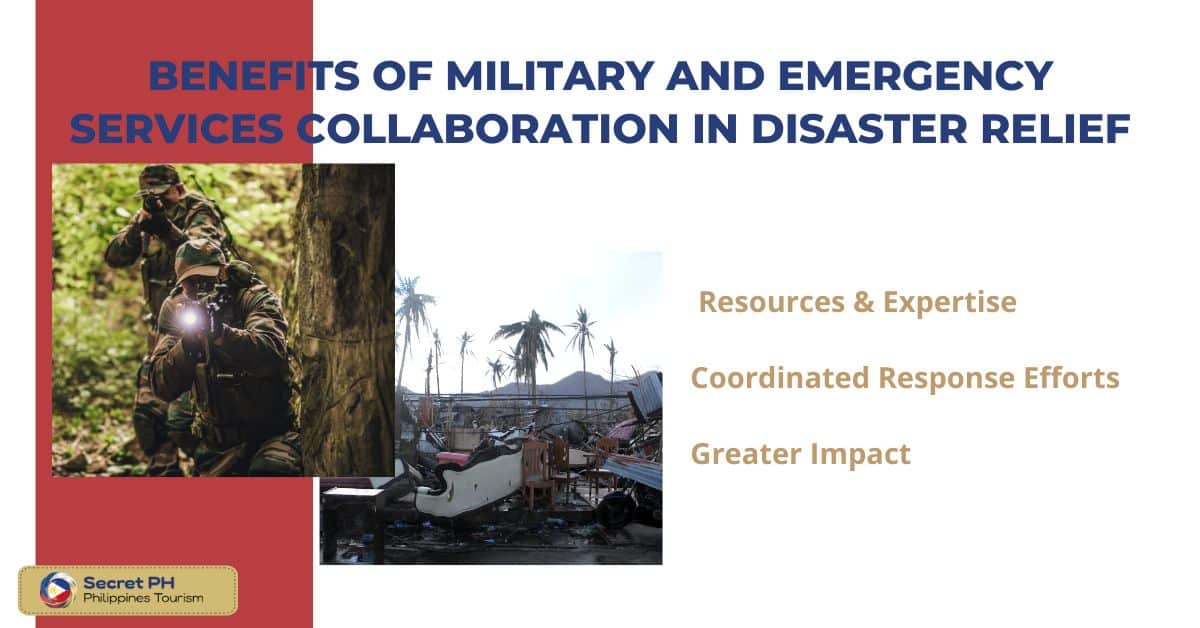
Resources & Expertise
One of the most significant benefits of collaboration is access to resources and expertise. The military has extensive personnel and equipment, allowing for a swift response to disasters. They are also trained to handle adverse conditions and provide search & rescue, evacuation, and medical assistance in emergency situations.
Emergency services bring their own unique capabilities to the table. They have personnel and equipment that are specialized for medical assistance, providing life-saving aid to those in need. In addition, their knowledge of local communities is invaluable during disaster response.
By working together, the military and emergency services can provide a comprehensive response to natural disasters. They have access to a greater pool of resources and expertise, enabling them to provide life-saving aid and support to affected communities.
Coordinated Response Efforts
Collaboration between the military and emergency services is also beneficial for coordinated response efforts. Both entities are able to work together to prioritize response efforts, identify gaps in relief operations, and deploy personnel and equipment where they are most needed. This helps ensure that response efforts are targeted and efficient.
It also ensures that areas in need of aid are not overlooked, as both entities have a comprehensive view of the disaster situation. This is especially beneficial for remote or hard-to-reach locations, where swift response is necessary to save lives and provide much-needed aid.
Greater Impact
The military and emergency services can have a greater impact when they work together. By sharing resources and expertise, they are able to provide more comprehensive relief operations that save lives and mitigate the impact of natural disasters. This partnership is also beneficial for long-term disaster recovery efforts, as both entities bring their own unique capabilities to the table.
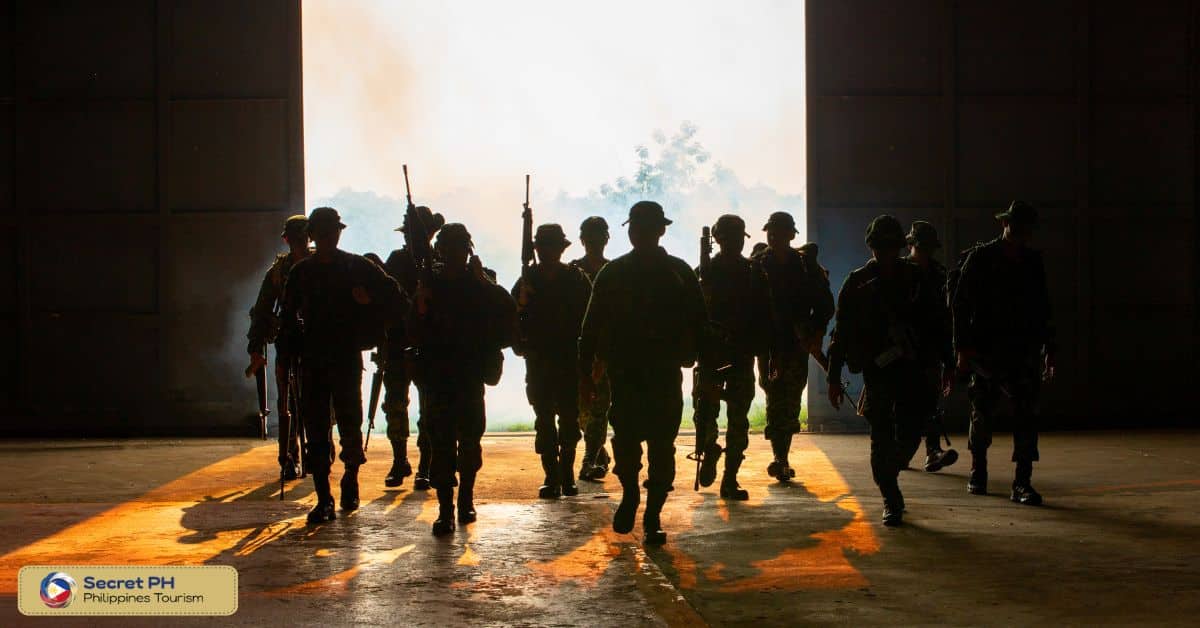
Challenges and Limitations of Collaborating for Disaster Relief
Carrying out successful disaster relief efforts in the Philippines requires collaboration between multiple agencies, organizations, and individuals. However, working together on such a complex problem can bring its own challenges and limitations. The following is a list of the most common obstacles to collaboration during times of crisis:
- Limited Resources – When dealing with large-scale disasters, resources are often limited. This can mean that teams must make difficult decisions regarding who should receive aid first and how to allocate resources efficiently.
- Communication Breakdown – During chaotic situations, communication can break down as teams struggle to coordinate their actions in real time. This can lead to confusion, miscommunication, and delays in response times.
- Lack of Funding – Many organizations involved in disaster relief lack adequate funding or have difficulty securing donations from donors when needed most.
- Cultural Differences – Different cultures may have different ideas about how best to respond to crises or provide aid to those affected by disasters. As a result, it is important for multidisciplinary teams to be aware of and respect each other’s cultural differences when working together on disaster relief efforts.
- Politicization – Politics can influence the way relief efforts are carried out or funded, making it difficult for organizations or individuals to act independently without facing political backlash or criticism from others who may disagree with their methods of relief.
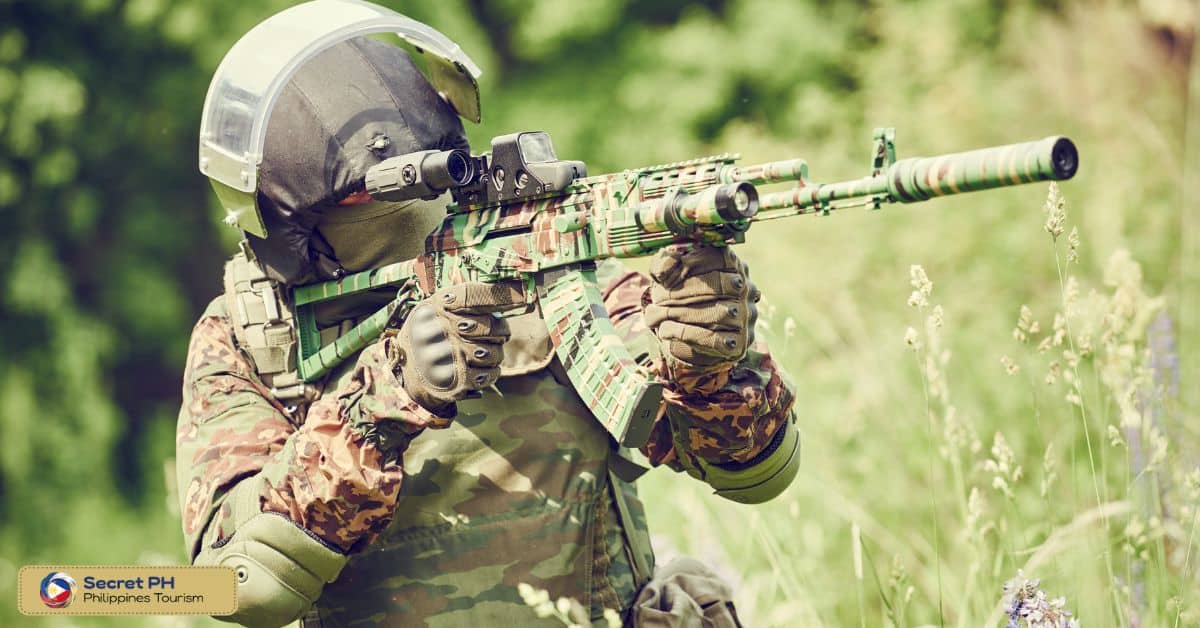
Examples of Successful Collaborative Efforts in Disaster Relief
There have been several successful collaborative efforts between the military and emergency services in responding to natural disasters in the country. One such example is during the aftermath of Super Typhoon Haiyan in 2013, when the military and emergency services worked together to provide immediate relief and aid to affected communities. The military provided logistical support, while emergency services provided medical assistance, shelter, and food distribution.
Another successful collaboration was seen during the Taal Volcano eruption in 2020, where the military and emergency services worked together to evacuate thousands of residents from affected areas. The military provided transportation, while emergency services provided medical assistance, food distribution, and temporary shelter.
These collaborative efforts have saved lives and mitigated the impact of natural disasters in the Philippines. It is a testament to the importance of working together in disaster relief efforts.

Future Implications for Disaster Relief Collaboration in the Philippines
The Philippines is a country that experiences natural disasters on a regular basis, such as typhoons and earthquakes. Collaboration between the military and emergency services is essential for efficient disaster relief in the Philippines. In this article, we will explore the future implications of collaborating for disaster relief in the Philippines.
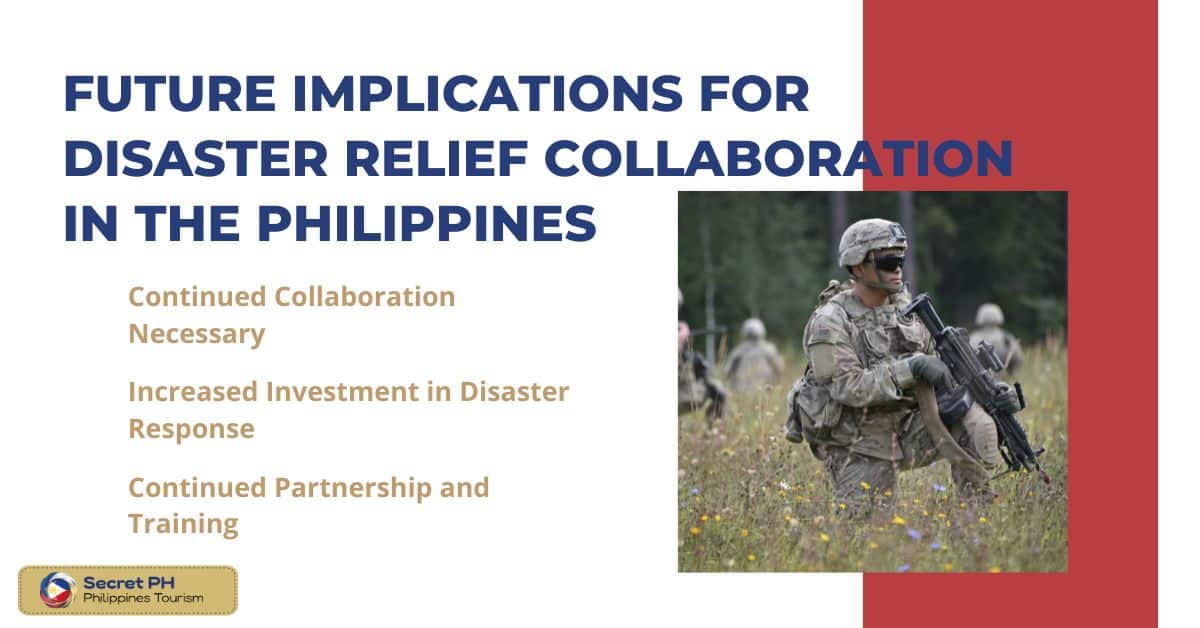
Continued Collaboration Necessary
Continued collaboration between the military and emergency services is necessary for efficient disaster relief operations in the Philippines. This partnership provides access to resources and expertise, which are essential for providing life-saving aid during natural disasters. In addition, coordination of response efforts helps ensure that no area is overlooked or forgotten in times of need.
Increased Investment in Disaster Response
In order to ensure effective collaboration between the military and emergency services, increased investment in disaster response is necessary. This includes investing in personnel, training, equipment and resources that are essential for efficient relief operations. In addition, greater funding is needed to support long-term recovery efforts such as rebuilding infrastructure and providing aid to affected communities.
Continued Partnership and Training
The military and emergency services must continue to build on their partnership in order to improve disaster response operations in the Philippines. This includes continued training and coordination of efforts, as well as building a better understanding of each other’s capabilities. By continuing to work together, they can more effectively provide life-saving aid and support to affected communities.
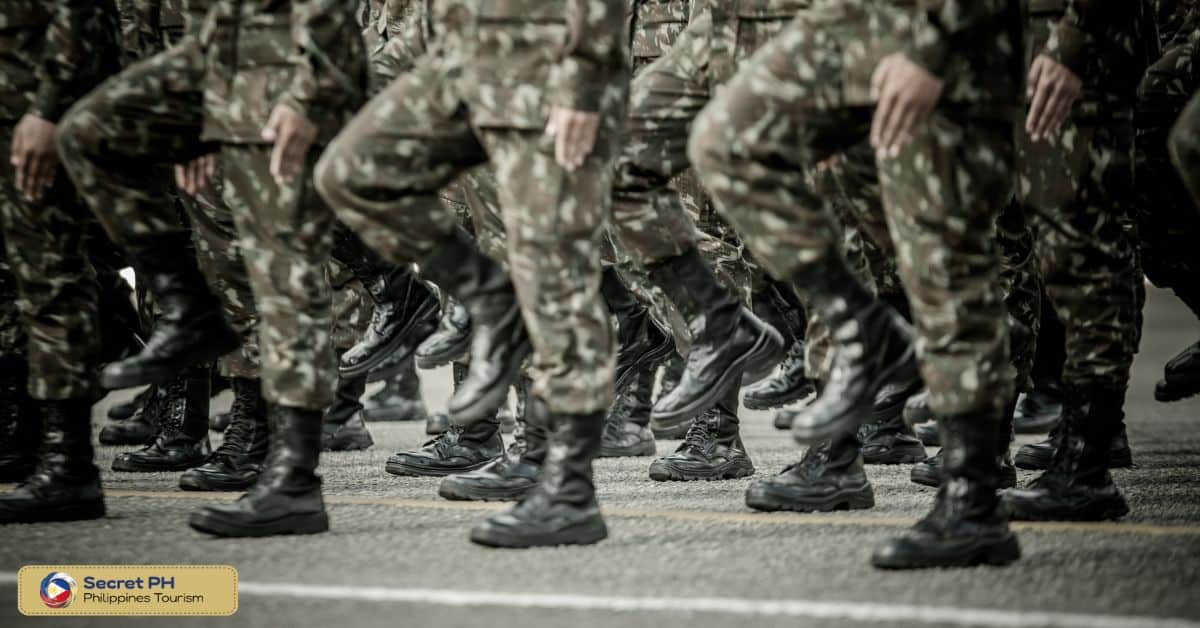
In conclusion
Collaboration between the military and emergency services is essential for efficient disaster relief in the Philippines. This partnership provides access to resources and expertise, enabling a more comprehensive response to natural disasters. Despite challenges, this relationship has enabled swift relief operations and provided much-needed aid to affected communities.
In order to ensure effective collaboration for future disaster relief efforts, increased investment and continued partnership between the military and emergency services is necessary. By working together, they can make a greater impact in saving lives and mitigating the impact of natural disasters in the Philippines.

